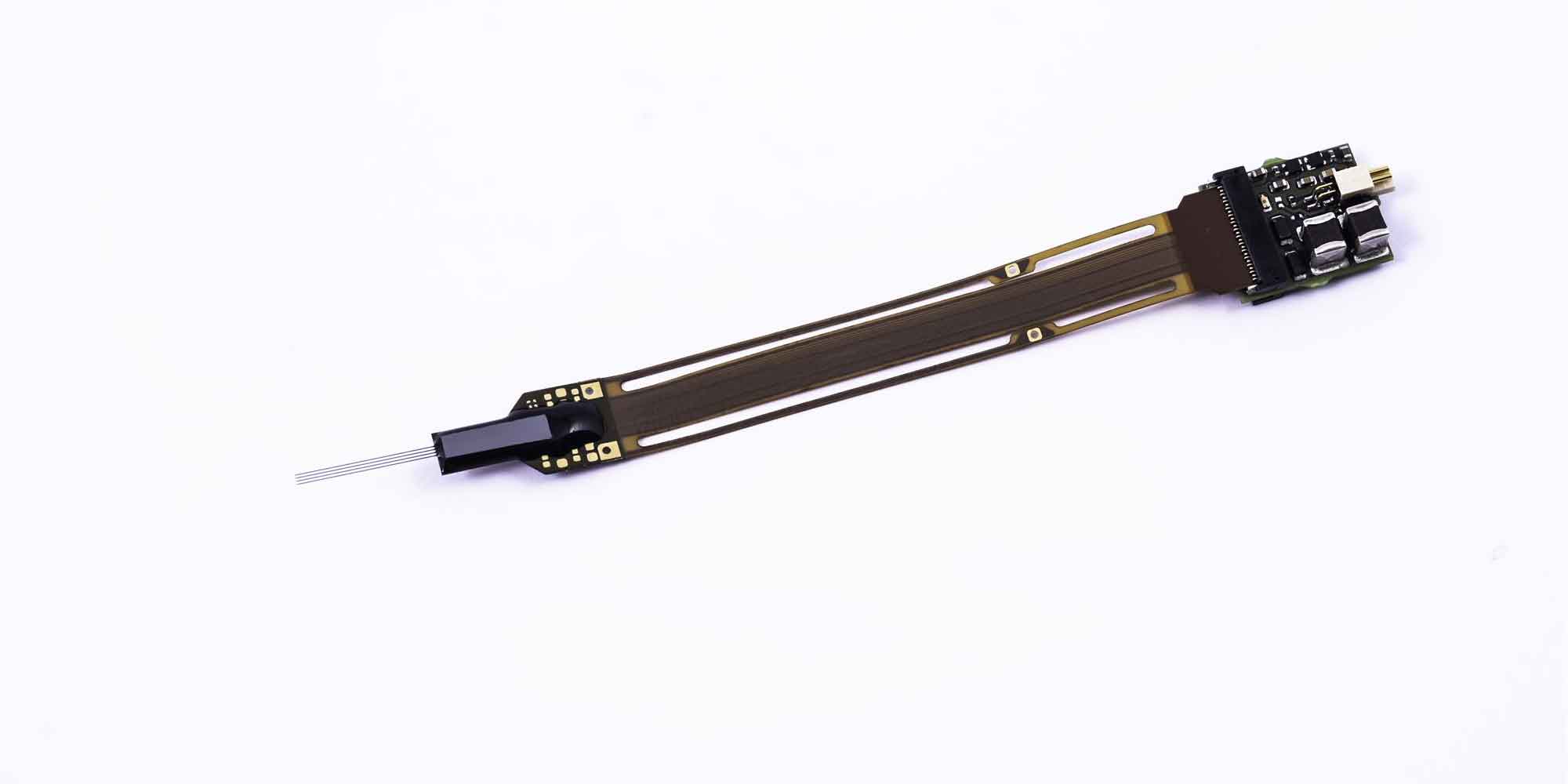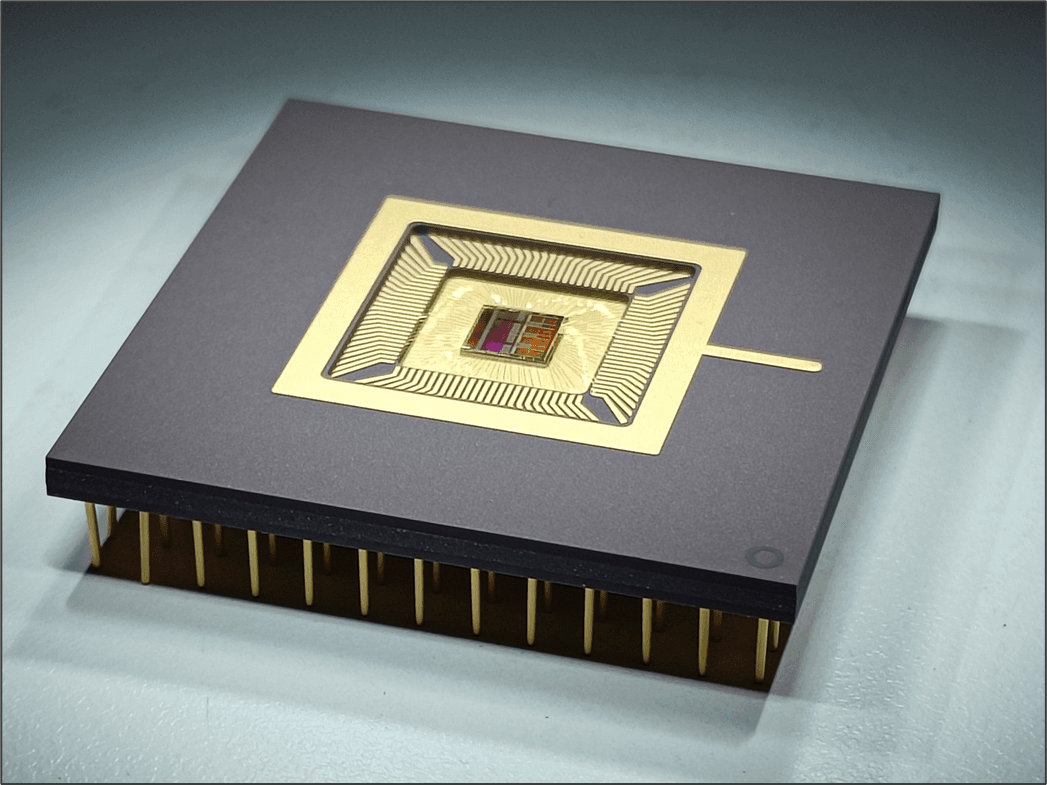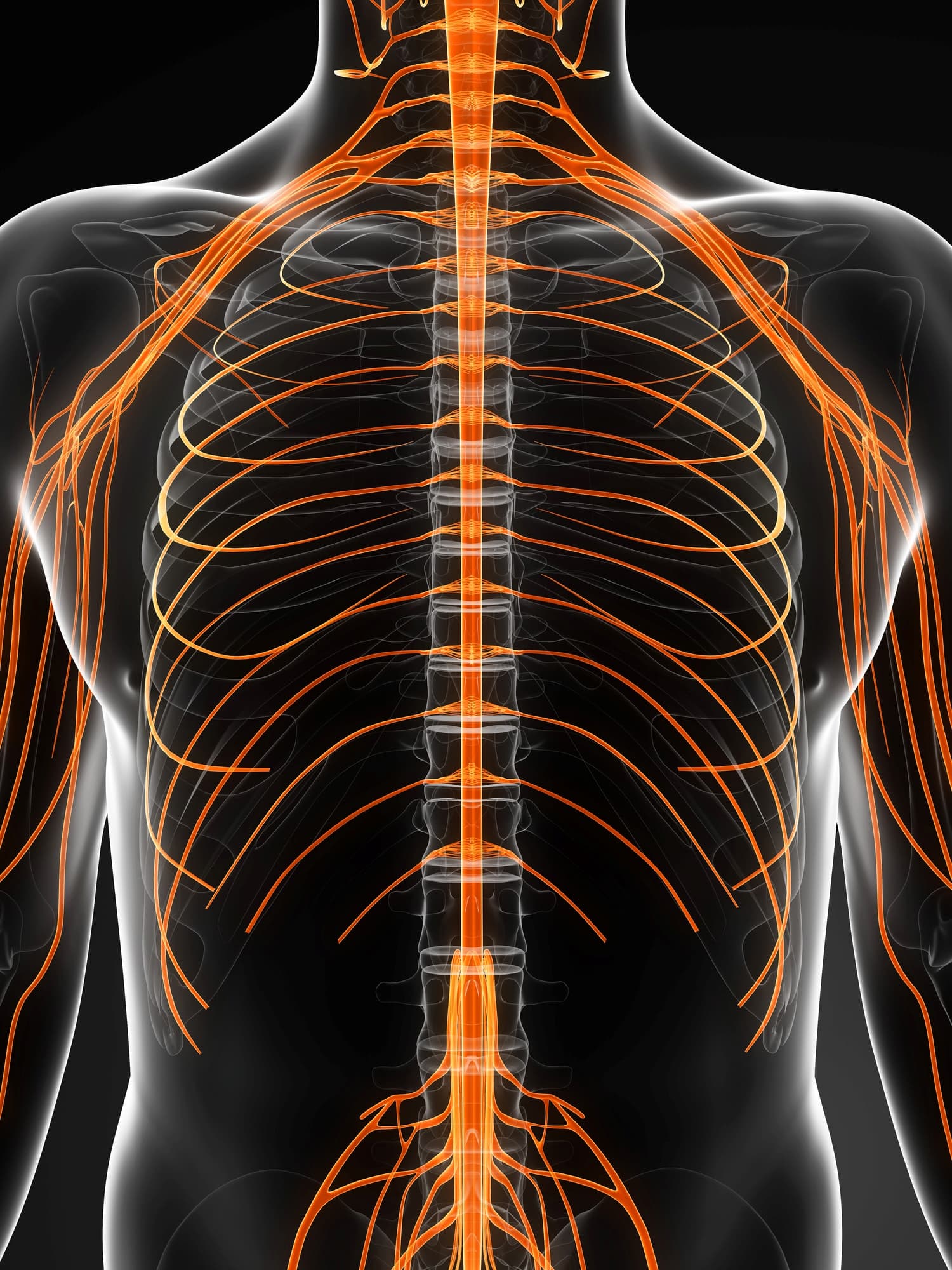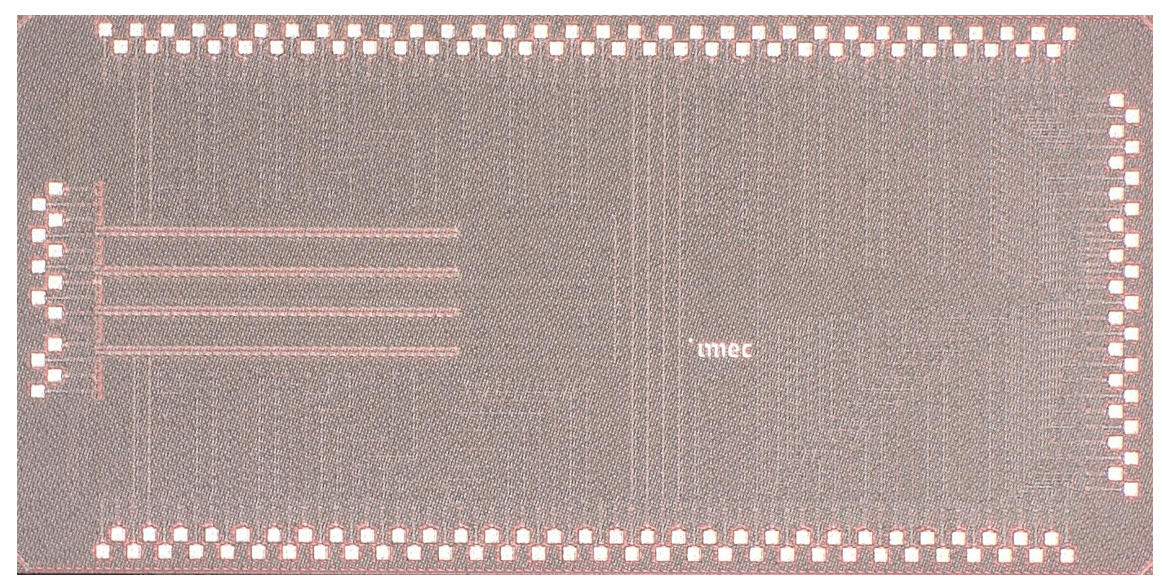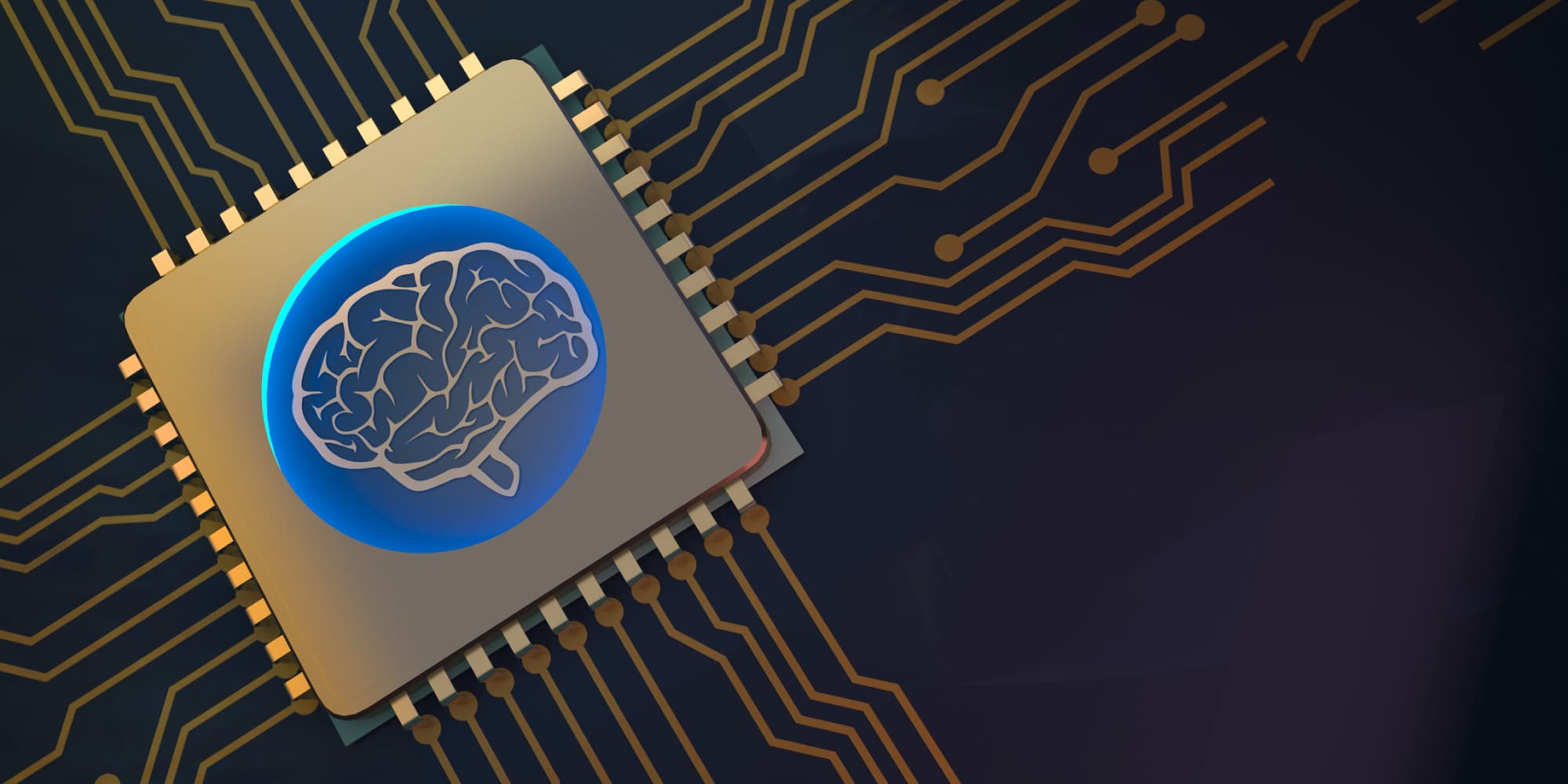Recording the brain at work with thousands of sensors
The brain is one of the least-understood organs in the body. In order to study the neural bases of thought or behavior, neuroscientists implant neuroprobes such as imec’s Neuropixels probe. These are small brain implants used to record the electrical activity from brain cells, or neurons. Imec’s Neuropixels probes are currently used in over 400 labs all over the world. The next-generation Neuropixels 2.0 probes with more than 5,000 recording electrodes spread over four very small surface shanks, enables neuroscientists to stably register the activity of thousands of neurons from different brain areas over long time periods, while barely causing damage to brain tissue. These neural probes make it possible to interrogate brain circuits, which could lead to a better understanding of the brain itself and brain diseases. With an unprecedented resolution, Neuropixels is now the state-of-the-art tool for recording neuron activity.
Read all about imec’s Neuropixels probes in this article previously published in MD+DI and DesignNews

Marleen Welkenhuysen received her Ph.D. in biomedical sciences in 2011 at the Department of Neuroscience and Psychiatry of KULeuven in collaboration with the Bioelectronics Systems group of imec. From 2011 to 2019, she worked as a senior researcher and project manager at the Life Science Technologies department at imec on developing new neural probes and multi-electrode arrays for cellular interfacing. She is currently leading the NeuroChip Characterization team at imec. Her key expertise includes neuromodulation, electrophysiology, and semiconductor applications.

Carolina Mora Lopez received the Ph.D. degree in electrical engineering from KU Leuven, Leuven, Belgium, in 2012, in collaboration with imec, Leuven. From 2012 to 2018, she worked as a Researcher and an Analog Designer with imec focused on interfaces for neural-sensing applications. She is currently the Scientific Director and the Team Leader of the circuits for neural interfaces team with imec. Her research interests include analog and mixed-signal circuit design for sensors, bioelectronics, and neural interfaces. Dr. Mora Lopez is an IEEE SSCS Distinguish Lecturer and serves on the Technical Program Committee of the VLSI Circuits Symposium, International Solid-State Circuits Conference (ISSCC), and ESSCIRC conferences.

Alexandru Andrei received the Ph.D. degree on semiconductor microsystems from INSA Lyon, Lyon, France, in 2005. After working for two years on piezoelectric MEMS with FEMTO-ST, Besancon, France, he joined imec, Leuven, Belgium, in 2008. His research activity focuses on translating new device concepts into Si prototypes by creating an executable and manufacturable process flow based on a combination of innovative steps as well as existing process technologies. After being the silicon processing lead for the Neuropixels 1.0 development, he manages a small team of integration engineers since 2019 that brought Neuropixels 1.0 to production while also exploring next generation implantable silicon devices.
Published on:
8 July 2021

